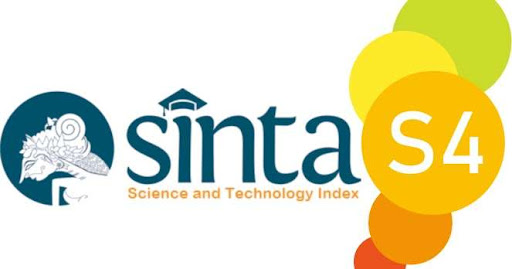DIKSI DAN STRUKTUR MORFOLOGIS BAHASA INDONESIA PADA WACANA HIBURAN DI SALURAN TV NASIONAL
Abstract
Abstraks
This study investigates the use of Indonesian language in entertainment programs on national TV channels. Entertainment programs which dominate the Indonesian TV channels show the variation of Indonesian language in high degree. The variations were described in the diction used and also the morphological processes of the words uttered by the actors or actresses who are involved in the communication process. TV program has a big impact to the Indonesian language, as what Pastika (2008) stated that the used of pidgin language has lessen the quality of Indonesian. From the samples of entertainment programs it was found that the dictions were dominated by the use of non-standard form and slang. The morphological variations occur in the used of affixes such as prefix, suffix, and simulfiks (combination of prefix and suffix) ; (1) prefix meng- becomes ng-/nge-, (2) prefix ter- becomes ke-. (3) sufix -in and sufiks -i, (4) combination of meng- + -kan becomes nge- + -in, and combination of di- + -kan becomes di- + -in Besides affixation, the other morphological process are clipping and blending. The used of non-standard form and slang which dominate the utterance of the actors and actresses has also influenced the used of Indonesian language in real communication of the Indonesian society. It is because there is a big tendency that the audience will imitate their idols
Key words: diction, morphological process, affix, entertainment, and Television













